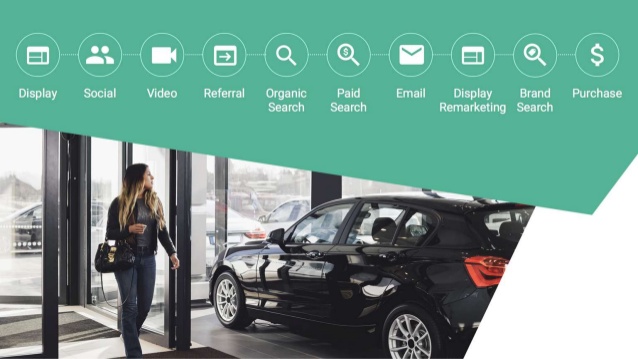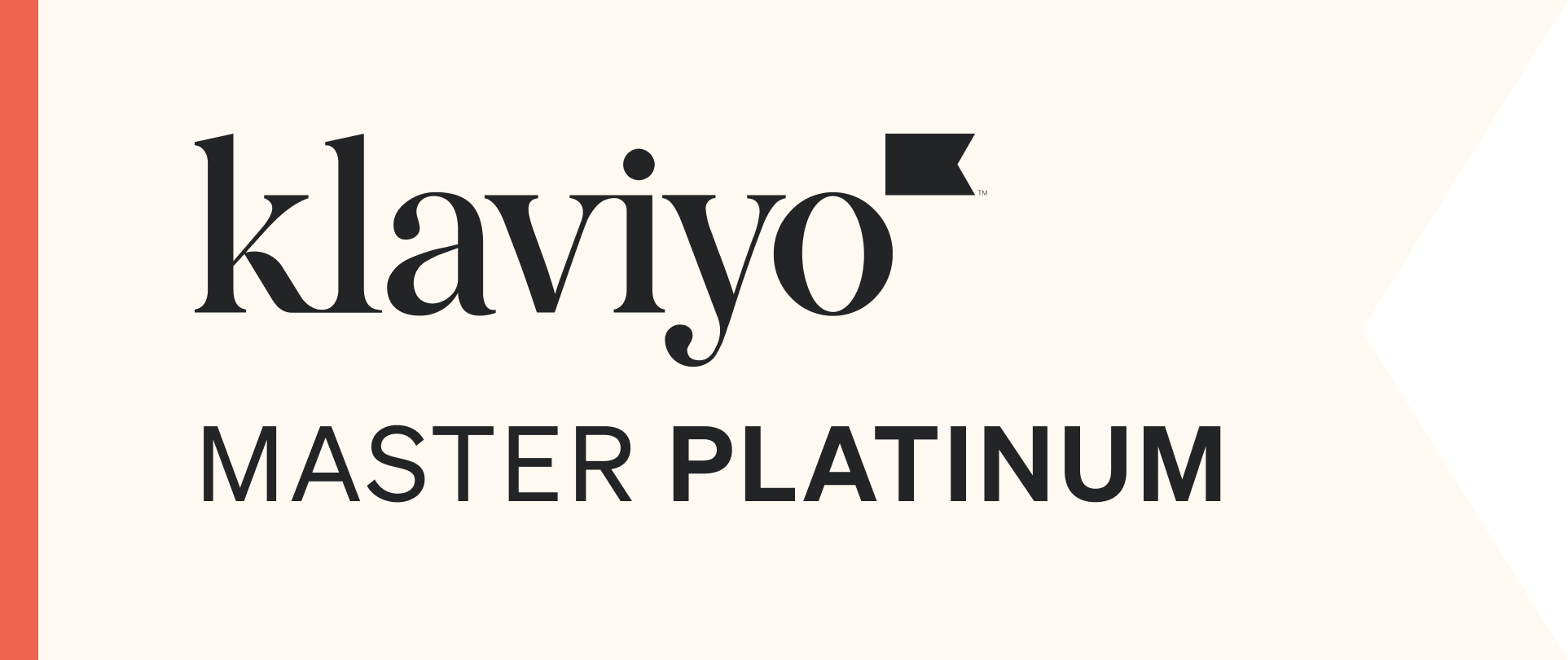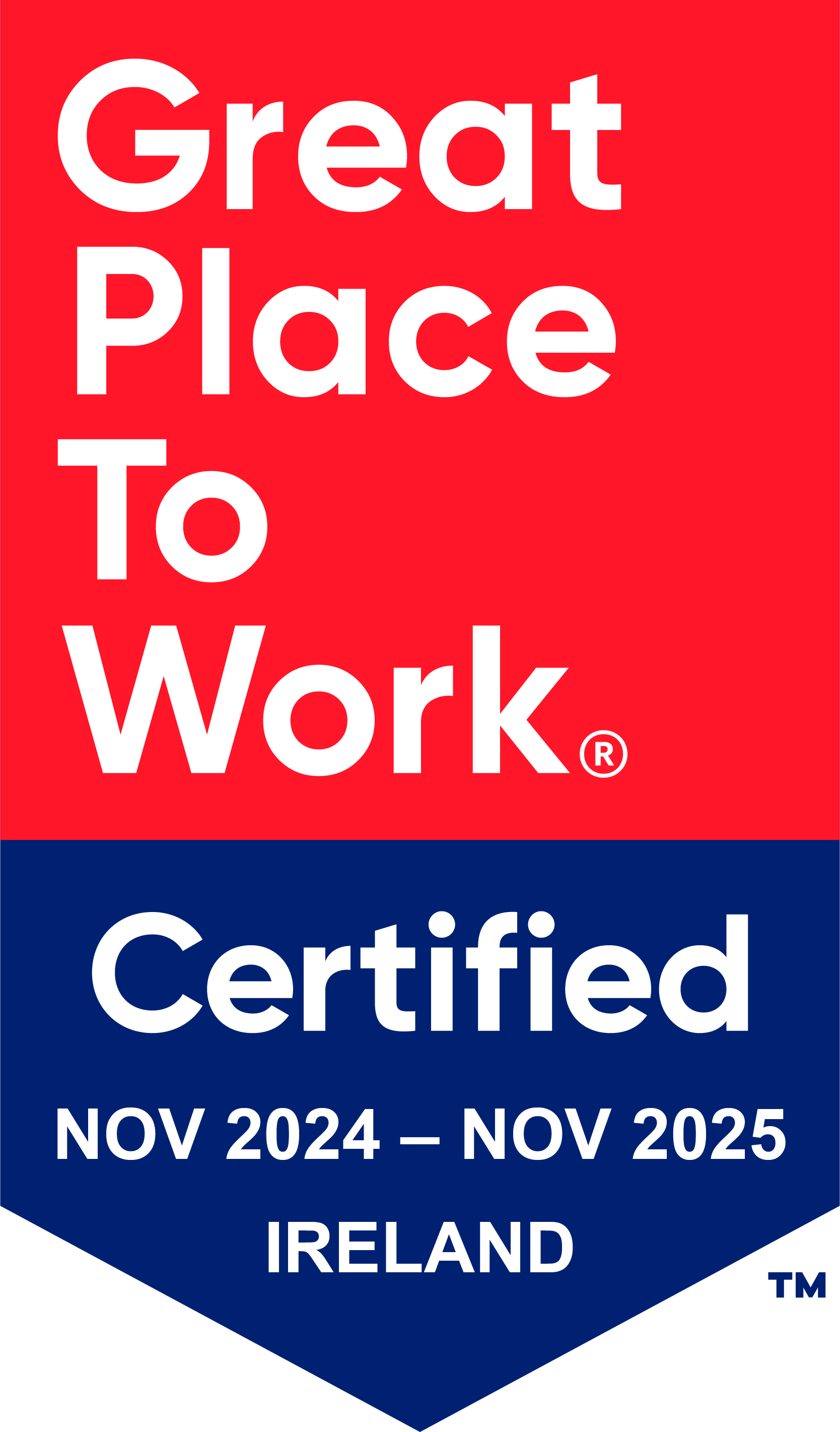By Martin on 27 Jul 2017
The IAB carried out a survey of marketers globally and 75% of those marketers said that their top priority for 2017 was cross channel measurement and attribution. Google's Aidan Kenny spoke at Wolfgang Essentials in 2017 on attribution Below you can watch the talk in full from Google's Foundry, read a transcript of the talk and look through the slides on Top Data Priority For 2017 - Attribution.
Top Data Priority For 2017 - Attribution: Video
Top Data Priority For 2017 - Attribution: Transcript
Introduction from Alan Coleman, Wolfgang CEO
Alan: This a really important one. We’re delighted to have Aidan Kenny from Google, he’s going to talk to us here. So, a digital marketer is only as good as his or her metrics. Google Analytics is the universal metric platform. There’s a new report coming and if you wanted a sexy title you could call it the “last click conversion killer”. But I think it’s going to be really important talk going forward. Aidan has been with Google for nearly six years and this is all quite relevant to Aidan who has been in finance prior to joining Google – he was brand side. He’d done a lot of work with high-end finance companies and he’s been working with high-end advertisers in Ireland for the last couple of years. Aidan tells me his prone to using sports metaphors to describe digital marketing. So, please put your hands together for Aidan Kenny from Google.
Context of the Talk
Aidan: Cheers folks. First off, I'd like to start with thanking Wolfgang for allowing me up on stage present today. As Alan says, I am very prone to using sports metaphors, I won't disappoint you today, there is one in the presentation, so if you were coming in the doors of the foundry today saying, god I really hope someone uses a sports metaphor, I'm here to fulfil your dreams. Now, in terms of the title of my presentation today, you could argue it's a little bit presumptuous, it's kind of a statement. Top data priority for 2017. It's actually not me saying this, the IAB did carry out a survey of our marketers globally and 75% of those marketers said that their top priority for 2017 was cross channel measurement and attribution. And not only was it their top priority, it was also the single issue that they felt was going to cost them most. Time, resources and essentially worry. So, what I'm going to do over the next 10 minutes. If any of these things sound like issues you're facing, I'm going to outline how in 2018 Google attribute is going to help you crack across the vice measurement and attribution and save you a lot of time in doing so.
Rugby and Last Click Attribution
But first off, let's just remind ourselves about what we're talking about, broadly speaking with attribution. So, it's the science of assigning value to marketing touch points and I'd like to use a sports metaphor, funnily enough to show how attribution as done now is somewhat broken. So, if you could roll the video there Robin, please:
So I hope that's whipped everybody up into a patriotic fervor now, but I'm going to you know ask you to come back in the room. Why am I showing you that example? Well, here's what I saw, I saw in the course of Ireland scoring that ball there was 8 different players touched the ball, the ball was actually transferred 9 times, Johnny Sexton touched it twice, it was Jamie Heaslip who actually dotted the ball down at the end of the move and Heaslip was kind of sentient thinking being the one, can say that even though Jamie brought the ball over the try line and applied the pressure, it'd be unfair to give him 100% of the credit for that try. Obviously, there were a huge amount of touch points involved in between and actually that's a little bit how like a lot of marketing is measured these days and it's actually Google's fault. In a lot of ways, Google is the company who has made last click attribution the industry norm. Last click attribution if it was watching that particular you know sequence would have given Jamie Backtor 100% of the credit. Which as we know, would probably not be the optimal judgement.
The Multi-Device and Multi-Touch World

So, in terms of why last click attribution is so broken, we've already talked about the really fragmented nature of marketing today. Social, video, Google itself, organic. The consumer today is a multi-touch consumer, so they're having multiple touch points and multiple platforms. In addition to being multi touch, there are multi device. In Ireland, over 50% of searches on mortgages, which is something you wouldn't normally associate with you know researching over phone, actually happen on a mobile device. So, we get a very clear picture. Consumers are multi touch and are multi device, most people are using last click attribution which is single touch on single device. Now, I'll admit, we as Google haven't made it easy for people to crack attribution, up till now. Behind me you can see the symbol for AdWords, for Google analytics and for Double Click. These are all our products and each of them have their own siloed attribution product within. Google advert has an attribution product that's really excellent. What it essentially imagines a world where only PPC exists. Google advert attribution is extremely actionable, you can take your attribution insights from it and apply strategies directly based of bids and budgets. But again it's siloed.
On the other hand. Google analytics is multi-touch it takes into account all your marketing touch points. Facebook, Twitter, video, YouTube, organic. So, it's really, really comprehensive, but again the issue is that it not directly actionable in terms of your ad words bits. So, what Google attribute, which is coming in 2017 is going to do, is going to combine the actionability of advert attribution, with a comprehensive multi-channel nature of Google analytics. And when we were building this product, we obviously sought a lot of feedback from customers. We asked them if we were building a bottoms up Google attribution product from scratch, what were the things that they were most likely to have atop of their wish list? And I'm going to bring you through how we addressed each one of these now.
New World Attribution
The first piece was easy setup. I think it stands to reason that you shouldn't need to have a PHD in econometrics to set up an attribution scheme. We shouldn't need a team of data scientists either. So, one of the key tenants behind the Google attribute product was that we were going to make opting in and setting this up a matter of a couple of clicks. So, how it's going to look like is that you're going to log in to Google attribute, using a Google log in and immediately any associated analytics or advert accounts will be available to you. Within a couple of clicks you can instruct Google attribute to bring in all the data from those two sources, really simple within a couple of clicks and no data scientist involved whatsoever.
Now, why are we focusing on making the single click option so easy? Well, it's because we found out that when we make it easy, people tend to adopt products more. What you're looking at here is the actual adoption graph for a product called data driven attribution within AdWords. Now, data driven attribution is a really complex product, it's essentially a machine learning product. Which takes in all your advertising data, analyses thousands of consumer path over time and figures out what's working and what's not working and it assigns value to them. So, tremendously complex product, but if it only takes a click to opt in, people are more than happy to move beyond last click and start looking at a data driven approach. So, at Google attribute, we're going to allow that one click opt in.
Secondly, across channels, so we've heard a huge amount of talk about integration here. And you're able to measure accurately across channels, feeds into that massively. And with Google attribute, it will not only bring in all of these channels and all of the associated touch points, for the first time, it'll also allow you to include not only click based touch points but impression based touch points as well. Because we know that quite often, as a consumer a natural kind of research mode, you're not always going to click on the display ad, but it might germinate an idea in your head and you might go and do a search. Up till now, we haven't been able to capture that sort of causality. We will be with the new Google attribute product, so we'll be able to measure all touch points across all channels, both impression and click based and in future this will expand to include apps as well. So, if you have an app and you want to understand how your consumer is behaving on your app in tandem with the rest of your marketing touch points, this is going to look to serve that purpose. Across devices, so again, consumers today are multi touch and multi device. Google attribute will be fully across device. How we actually do this, is by the size and the power of Google's user graph. So, we've 7 different properties with over 1 billion users each. And actually, in Northern Ireland, over indexes on adoption for a lot of these products and we have very high signed in rates. So, using this, we're able to build a very considerable cross device user graph, which allows us to track people as they move between devices in the process of researching.
So, just because people change devices, doesn't mean that your attribution has to break. The last point and it's a point that I think will hopefully resonate with a lot of people. It's great knowing all this. It's great being able to analyse it in a kind of post mortem type of way and say alright, that's what happened. But the real, I think strength of Google attribute is the actionability option. So, Google attribute will bring 2 things that haven't been available to a lot of you here before. Number 1, Google attribute, will allow you to use all the various, all the various models here behind me to assign value to all your marketing touch points. For the first time ever, data driven attribution, cross channel data driven attribution, in fact, will be available. So, why is this so important? Well, data driven attribution takes your data and it creates essentially an attribution model that is completely unique to your business. So, whereas if business A was using data driven attribution, their attribution graph might look like the below, business B would look like this, C like this, D like this and so on. So, personalized attribution for your business.
Making It Actionable
And in terms of making it easily actionable, and this is kind of the real, I guess eureka moment for me, is Google attribute will allow you to understand how your PPC, your pay per click activity is working, not in si-load but in tandem with all your other activities and it allows you to push the value that PPC is driving to your bottom line in tandem with all your other activities into your advert bidding strategies. So, whereas as it stands today, if you're optimizing in AdWords, you're imaging essentially, you're optimising to a world that does only PPC. With this you're able to understand what PPC does in the greater scheme of things and actually bid accordingly. So, speaking of actionability, I guess the 2 key actions for you here today would be the following.
Number 1, is this product is becoming available in early 2018, sign up on the interest list now and action 2 is kind of more something that I don't want you to do. So, I don't want you to let excellence get in the way of perfection, or perfection get in the way of excellence actually, wrong way around. What I'm saying is that, don't think that waiting and doing nothing on attribution between now and 2018 is the right strategy. I'd encourage you to work with your agencies, work with your teams to start using the existing data driven attribution capabilities within AdWords, and by the time 2018 rolls around, it'll be a nice easy port over to Google attribute.
Thank you.
Conclusion with Alan Coleman
Alan: Thanks a million Aidan. Great stuff. Just to verify the last thing Aidan said. We’ve been using the Google AdWords attribution and straight away it reshaped how we were optimising campaigns for some of our clients. I think within a couple of weeks we were getting a 20% uplift just because we had better visibility on what was actually delivering a sale. I loved the rugby score. It was nine passes and Jamie Heaslip scored in the corner. I’m going to embarrass you Gordon, we’ve Gordon Darcy here today. Where are you, Gordon? There he is. I can imagine Gordon thinking, “if I was there, three passes, I’d have danced around the Italians and scored under the posts”. So we’re going to have our break now, but just before we do that, I’m going to ask you to take a second and consider from all the great talks you’ve seen this morning, is there one thing that you really want to think more about, I want to research that or I think that’s something that could really matter to me. Take a second to just consider that. Now that you’ve done that, stand up and turn to someone you’ve never spoken to before and tell them your one takeaway from today so far.








